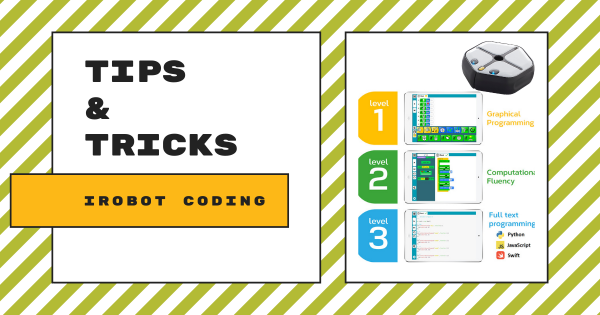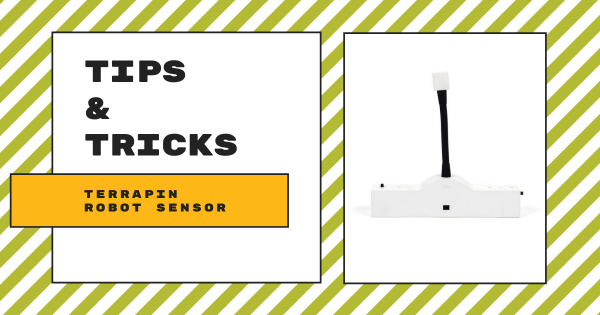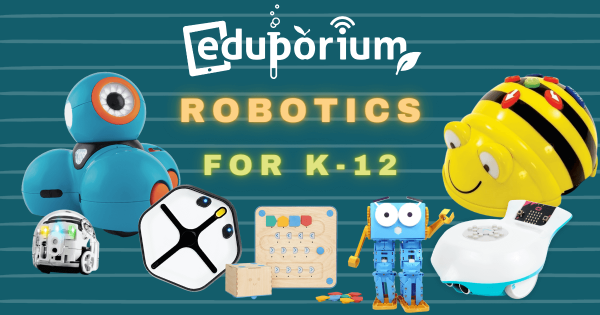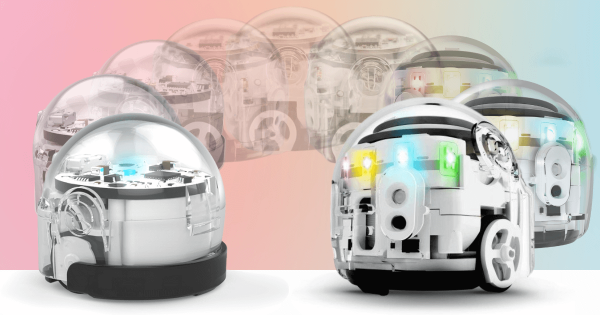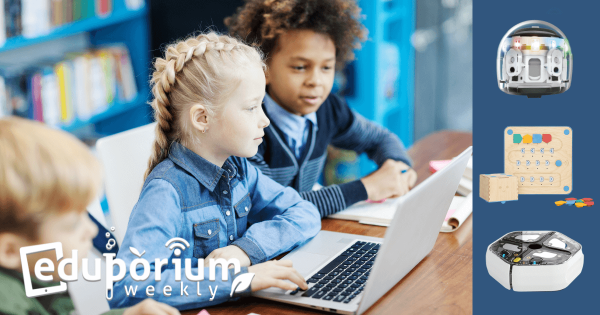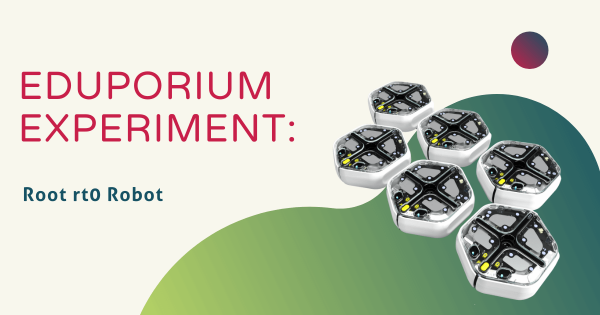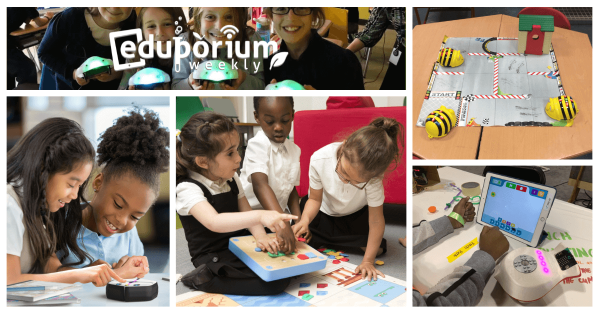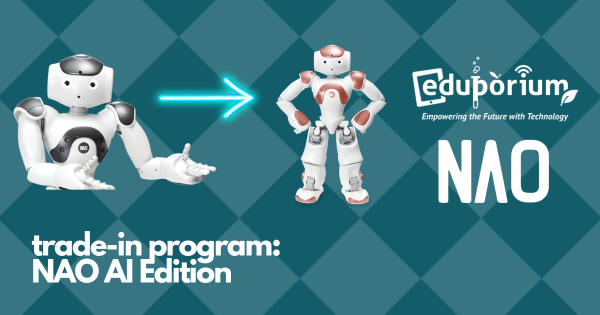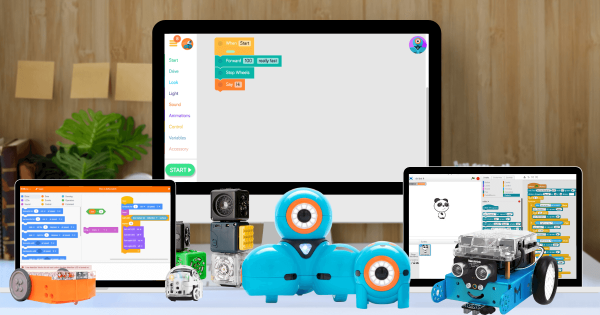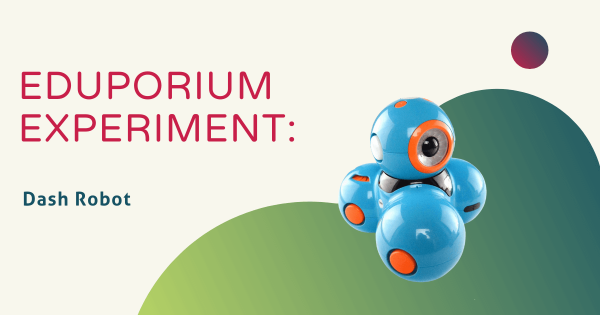The Root Robot by iRobot Education is regularly among the most versatile educational robotics devices. With its three levels of coding and something for all students—from pre-readers up to veteran programmers—within their iRobot Coding platform, instructors can access impactful STEAM projects, incorporate new coding concepts, and boost students’ CS development.
Computer Science
Computer science remains an integral element of STEM education and, these days, of K-12 education as a whole. With so many connections to current or future career opportunities, learning computer science skills can unlock various professional benefits for today's students. Because much of computer science ties in to the STEM economy in so many ways, it truly began to boom in high schools over the last couple decades. Now, however, students are starting to get a taste of it as early as kindergarten. With that foundation, they can continue learning new and more intricate skills throughout elementary and middle school. This helps put them in a prime position to learn the more advanced skills and coding languages in high school. With hands-on coding experiences serving as a driving introductory force to learning computer science, tons of students continue to benefit.
It's truly possible to incorporate a computer science curriculum at all levels of education. Even if experiences happen only after school, kids of any ages could partake. As early on as kindergarten, children can explore screen-free coding and develop foundational CS skills with tools like the Cubetto Robot or Bee-Bot. And, moving into early elementary school, they can dive into digital coding with block-based challenges. This introduces them to some more important elements of computer science and includes robust solutions they can try in classrooms. Among them are the Ozobot Evo, Dash Robot, Root Robot, and tons of others. Then, in middle school, they could explore graphical coding further or get into text-based coding. Using tools like the Edison Robot, Finch 2.0, Marty V2, or others, they can try more. Then, they'll be ready for full text code in high school with the NAO AI, databot 2.0, or others.
-
Tips & Tricks | The Terrapin Robot Sensor + Bee-Bot And Blue-Bot
The compact and affordable Terrapin Robot Sensor allows students to add audio feedback and increase interactivity of their Bee–Bot coding activities or Blue–Bot experiments. It’s really easy to use and provides teachers with a great next step as they start expanding robotics for elementary students, bolstering SEL connections, and introducing new types of technology. -
Using Educational Robotics Tools Progressing From K-12
There truly is an endless number of elements to computer science and, as time has gone on, educational robotics solutions have evolved to help our teachers illustrate so many key coding concepts with various avenues for students to develop these skills. So, while some are designed for EarlyEd students (as early as Pre–K), others are complex enough for high school. -
Upgrading From The Ozobot Bit To The Ozobot Evo
The Ozobot Bit Robot was a longtime go-to STEM solution for teaching all about coding, robotics, computational thinking, and problem solving. Now that the Bit has been retired for a few years, however, you may want to try to upgrade. Its successor, the Ozobot Evo, continues to enable educators to teach CS lessons with its significant upgrades, like Bluetooth capability. -
Eduporium Weekly | Coding For Kids Of Different Ages
There are typically two primary options for younger kids (or older students) to get started with coding: either physical tools or digital tools. Most of our expertise involves the physical coding tools, including educational robotics kits, circuitry solutions, or even programmable drones. Especially following the remote learning era, however, there are also strictly virtual platforms. -
Eduporium Experiment | Root rt0 Coding Robot
Similar in both appearance and functionality to the original Root Robot, the Root rt0 allows educators to deliver hands-on STEAM experiences that are practical and relevant. And, although they do look similar, there are several key differences teachers should know. Once you are up to speed, however, it’s a fantastic addition to coding lessons throughout the K–12 grades. -
Eduporium Weekly | Coding And Robotics For Beginners
Coding has become much more prevalent and accessible throughout K–12 education—helping to make it less scary for a lot of students and teachers. Though it has endless applications in today’s professions, learning to code has also probably never been quite as simple. Thanks largely to classroom robots, adults, teens, and children can learn new coding skills every day. -
Trading In An Older NAO Robot For The NAO AI Version
After its impressive streak as the most advanced humanoid from Softbank Robotics, the NAO V6 has a successor. Still pretty new to the STEM scene, the NAO V6 AI Edition is packed with amazing features and new modes for your students to explore. Whether using the presenter mode, conversation mode, or coding in C++, C#, Python, or Java, it’s perfect -
Eduporium Weekly | Learning And Coding With Blockly
Teachers could use Blockly coding to teach kids about inputs and outputs on a very basic level before progressing to various, more advanced coding concepts, like loops and logic. Best of all, there are a bunch of great STEM tools for introducing kids to Blockly programming, like the Dash Robot, the Ozobot Evo, Finch Robot 2.0, Edison Robot, and the -
Eduporium Experiment | Dash Robot From Wonder Workshop
The Dash Robot is one of the most recognizable and effective STEM tools available to tech educators. Its friendly face, bright blue surface, and value in coding education help make it a go-to option in classrooms, STEM labs, and makerspaces in countless elementary schools. And, with plenty of fun coding features, teacher-friendly resources, and more, it’s easy to see why.




